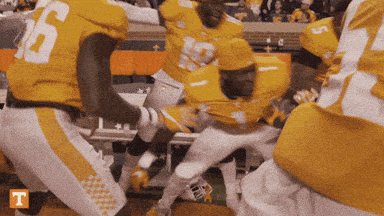- NIL Wire
- Posts
- 🏅 Interview with Athlete Agent Tyjuan Hubbard
🏅 Interview with Athlete Agent Tyjuan Hubbard

Hey there,
In today’s expert interview edition, we chatted with Tyjuan Hubbard, an Athlete Agent from GMG Sports, to explore how athletes can thrive in the changing NIL landscape.
In this interview, we explore the strategies athletes can use to maximize their NIL potential, how NIL is changing recruiting and long-term career decisions, and the critical role agents play in managing brand commitments and athletic performance.
With insights from the front lines of NIL, this conversation offers valuable takeaways for athletes, coaches, and stakeholders navigating the future of NIL deals.
Let’s get right to it!
— Cole, Justin and Collin
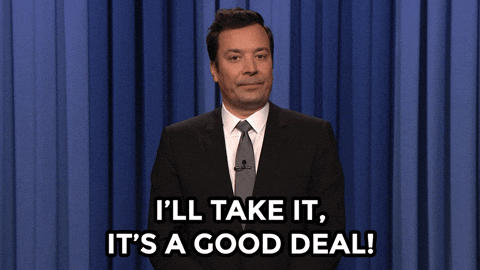
With NIL deals continuing to evolve, what trends are you currently seeing in terms of brand partnerships and athlete opportunities? How do you see these trends shaping the future of NIL deals?
Two trends that I have been seeing within brand partnerships and athlete opportunities for the NIL space are; deal sourcing platforms and deals done with Athletes that have names or nicknames synonymous with a particular brand. Speaking to deal sourcing platforms, these are tools that athletes and agents can use to connect with brands and secure NIL deals. Some of these platforms include Opendorse and Postgame, among others, and can help introduce college athletes at all levels to the NIL process. The next trend I noticed has been athletes with names or nicknames synonymous with brands leveraging them to source deals. We saw this recently with Ga'Quincy 'Kool-Aid' McKinstry of Alabama landing a deal with Kool-Aid.

From your experience, what qualities or strategies make an athlete most successful in attracting and maintaining strong NIL deals? What advice do you give to athletes entering the space?
One of the best strategies that I’ve seen to help student-athletes attract and maintain strong NIL deals is promoting who they are off of the field or court on their social platforms. By doing this, brands see authentic opportunities to partner with an athlete who has an organic affinity for their product or is already speaking to their target market. Some examples of this can be your favorite types of food, hobbies, TV genres, and more. I would advise athletes to show who they are and what interest they have outside of their sport.
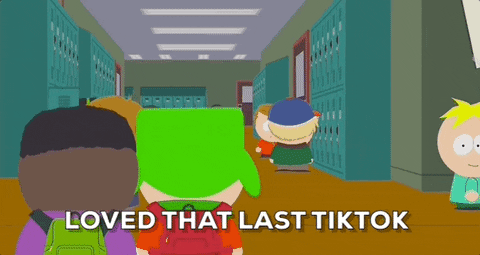
Teaming up with
NIL Wire All-Access will turn you into a professional on NIL topics. We do more than just scratch the surface; we dive deep into topics. For example, in tomorrow’s edition, we will examine two different legal models for the future of college sports: the “labor union” model and the “player equity model.”
UPGRADE now so you don’t miss out!
NIL Wire All-Access will also offer exclusive Mailbag editions, where we’ll answer reader-submitted questions. This ain’t ESPN - this is for hardcore college sports fans, administrators, and more!
There’s been much discussion about how NIL has impacted recruiting. How do you see NIL influencing not only where athletes decide to go but also their long-term career strategies?
I think there is going to have to be more transparency here and clear guidelines for the new recruiting landscape because NIL has now become a major consideration for athletes deciding what schools they are going to choose, and rightly so. Student-athletes are now going to have to really weigh their options when it comes to fit vs. money. At the end of the day, statistics show that only a small percentage of college athletes will go on to have long professional playing careers. This means that college may be their only opportunity to benefit financially from their sport. NIL will for sure now be a major consideration for all athletes, which, in my opinion, speaks to the need for athletes to have the right team around them so that they can navigate these options effectively.
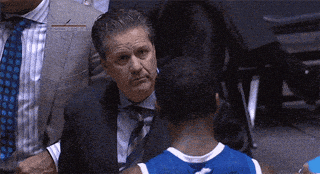
What role do you think agents and advisors play in helping athletes balance their time between brand commitments and athletic performance? How critical is this balance for long-term success in both areas?
Moving forward, agents will be critical for college athletes. With the landscape changing as much as it is, having someone in the athlete’s corner who understands the space and how these deals work will be pivotal to the athlete getting the most out of their NIL value. This is true for both highly touted and mid-major prospects. Many NIL deals are sourced locally. An agent who can articulate your value to a local restaurant, dealership or other business can help bring an athlete opportunities that they may not have known were available. With this being said, it is also vital for athletes to vet anyone who is representing them very well and ensure that they are both certified and qualified to provide the services they need.
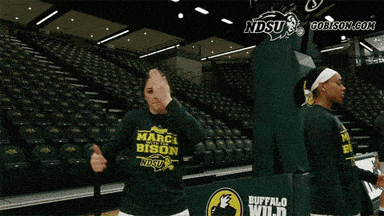
Looking ahead, what do you think will be the biggest challenges and opportunities for athletes as the NIL landscape matures over the next 2-3 years? How should athletes and stakeholders prepare for this evolving environment?
I see the biggest challenge for athletes is staying aware of all of the changes that are occurring and ensuring that they are taking full advantage of where the environment is while they are playing. With many of the rules and regulations surrounding NIL still being solidified, athletes should do their best to educate themselves on all of the evolving changes as well as keep people around them who can educate them on these topics and what it means for them.
